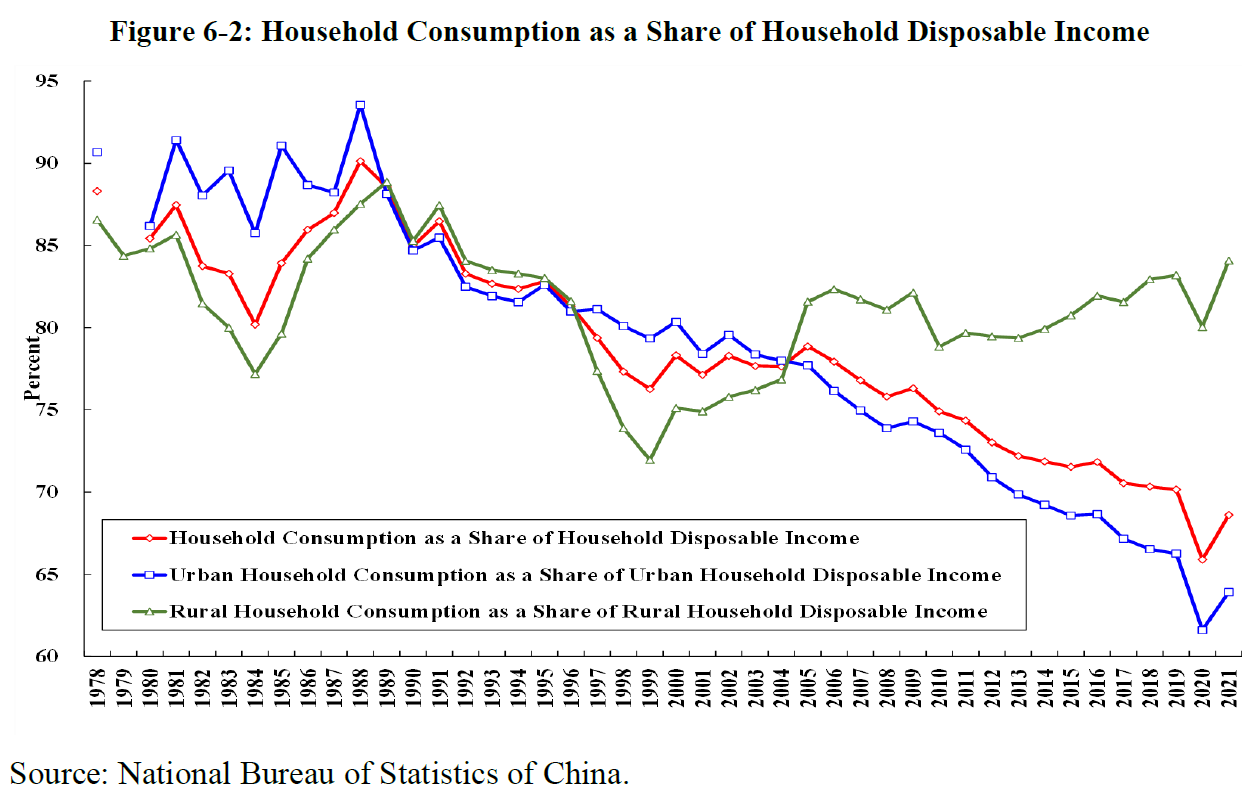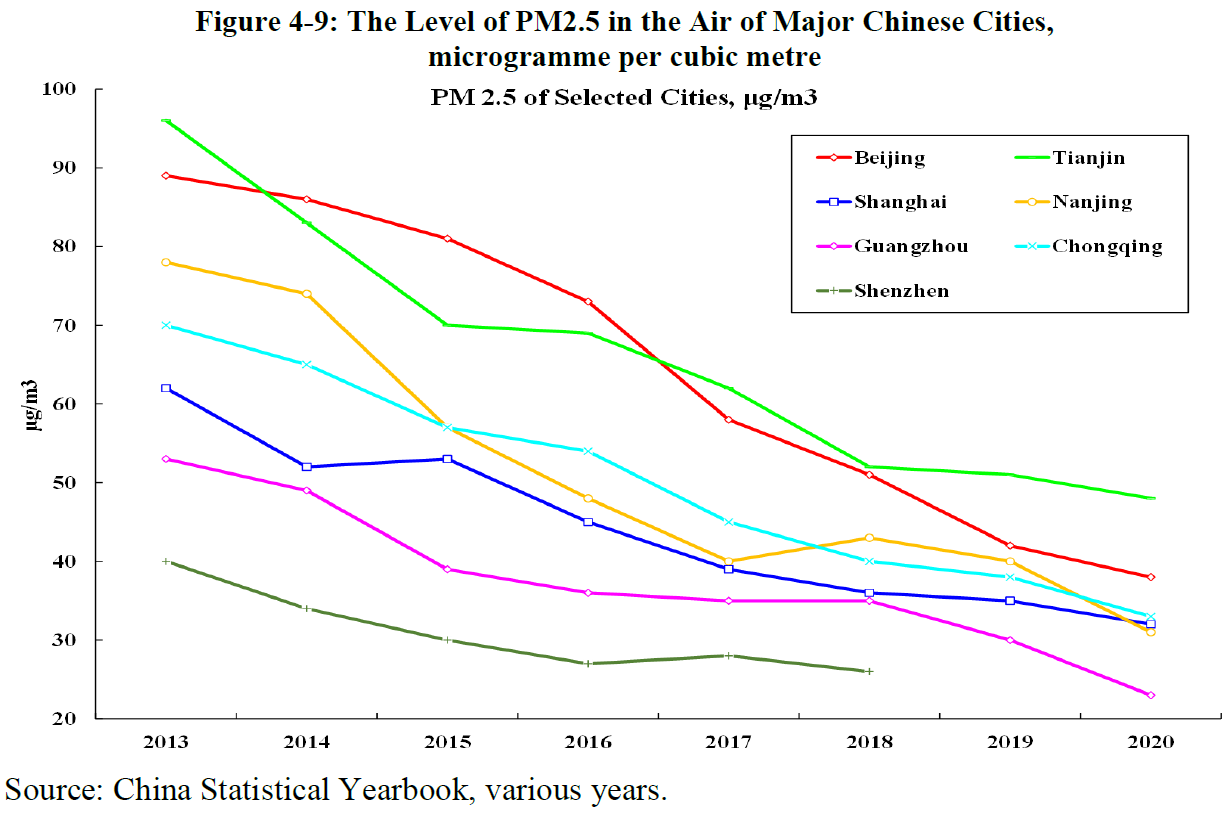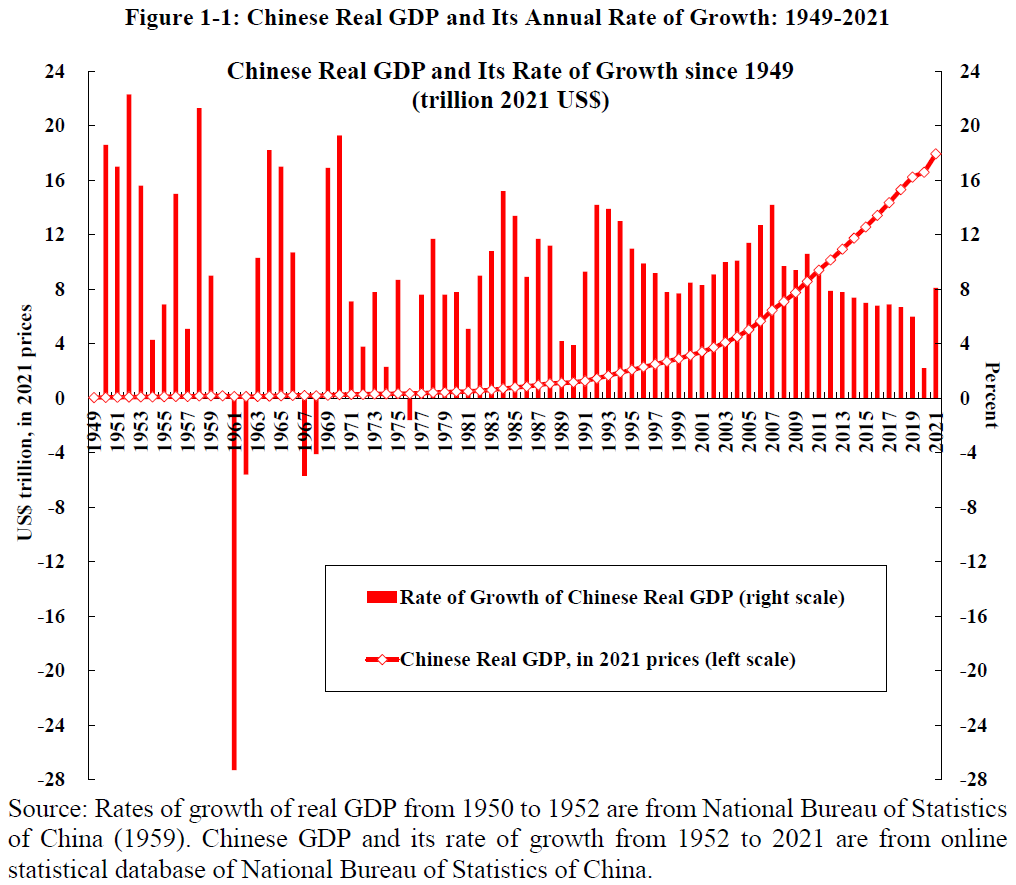Xu Hongcai, Deputy Director, Economic Policy Commission
Jul 27, 2022
China’s fundamentals are resilient and robust, and the trend points to normalcy and growth. Trade is up, inflation has been controlled, and while the U.S. Fed’s rate hike pushed many currencies down, the Chinese yuan has remained stable.

Lawrence Lau, Ralph and Claire Landau Professor of Economics, CUHK
Jun 23, 2022
In the short run, all increases in government expenditures have the same macroeconomic effects on both GDP and employment. However, in the long run, increases in real fixed-assets investments augment the real capital stock and increase the real GDP, whereas increases in consumption due to increases in disposable income through, for example, tax cuts and transfer payments, generate no direct lasting benefits. Infrastructural investment, which is often needed for the provision of public goods, can generate benefits that can be widely shared in the economy even though they cannot be fully captured or internalised by the projects themselves.

Lawrence Lau, Ralph and Claire Landau Professor of Economics, CUHK
Jun 23, 2022
In economics, a public good is usually defined as a product or service that is openly available to be enjoyed by all members of a society. The Encyclopaedia Britannica defines a public good to be a product or service that is non-excludable and non-depletable (or “non-rivalrous”). Examples of such public goods include law enforcement, national defence, a stable local currency, and clean air and water. The elimination of a public bad, such as air pollution, is also a public good. The definition of a “public good” used in this article is slightly generalised to include potentially rivalrous goods, such as a seat on a train, so long as it is non-excludable ex ante. Basic education is a public good that is generally non-rivalrous; whereas mass transit is a public good that can at times be rivalrous.

Lawrence Lau, Ralph and Claire Landau Professor of Economics, CUHK
Jun 23, 2022
On May 5, Professor Laurence J. Lau, Ralph and Claire Landau Professor of Economics of the Chinese University of Hong Kong delivered a lecture with the same title during an online session hosted by the China Center of the Jesus College of Cambridge University. Professor Lau has kindly provided China-US Focus with an edited text of the lecture in which he addresses the role of public goods - education, public health, elderly care, basic research, infrastructure, social safety net, and alleviation of poverty - in China’s social and economic development over the past seven decades. Professor Lau argues that increasing provision of public goods is consistent with China’s strategy of “dual circulation development as well as its “common prosperity” policy, and could be a significant source of growth in demand in both consumption and investment that is essential to China’s continued prosperity. The following is part one of the lecture.
Brian Wong, Assistant Professor in Philosophy, HKU and Rhodes Scholar
Jun 17, 2022
Russia vs. the world seems to be the story of 2022, and so far the retaliation of the West against Russia has been economic and financial. China has observed how the global finance infrastructure has been weaponized, and now must consider how to secure itself from the potential wrath of Western powers it is at odds with.
Cameron Johnson, A Partner at Tidwalwave Solutions
Jarrod Ward, Chief Business Development Officer, Yusen Logistics East Asia Headquarters
Apr 22, 2022
The current lockdowns in China have the potential for substantial disruptions of supply chains and business on a global scale.
Earl Carr, Founder and Chief Executive Officer at CJPA Global Advisors
Apr 10, 2022
Dual circulation is set to reorient China’s economy as Beijing rethinks how it will engage with the world.
Shang-Jin Wei, Professor, Finance and Economics at Columbia University
Apr 05, 2022
In early March, Premier Li Keqiang announced that China is targeting GDP growth of “about 5.5%” this year. That would be ambitious even without Russia’s war against Ukraine and the attendant increases in global energy and food prices. Back in January, for example, the International Monetary Fund forecast that the Chinese economy would grow by only 4.8% in 2022. And in 2019, the last full year before the COVID-19 pandemic, GDP increased by just under 6%.
Xu Hongcai, Deputy Director, Economic Policy Commission
Mar 24, 2022
Growth of 5.5 percent growth is possible and consistent with the country’s economic expansion in recent years. One key path forward is the digital economy. Green development will help define China’s high-quality economic future.

Alicia Garcia Herrero, Chief Economist for Asia Pacific at NATIXIS and Senior Fellow at Bruegel
Feb 26, 2022
China’s regulatory practices defy Western ideals, but show alternative methods of tackling income inequality and social divides. The three most recent crackdowns in education, fintech, and real estate show how China approaches ‘common prosperity.’